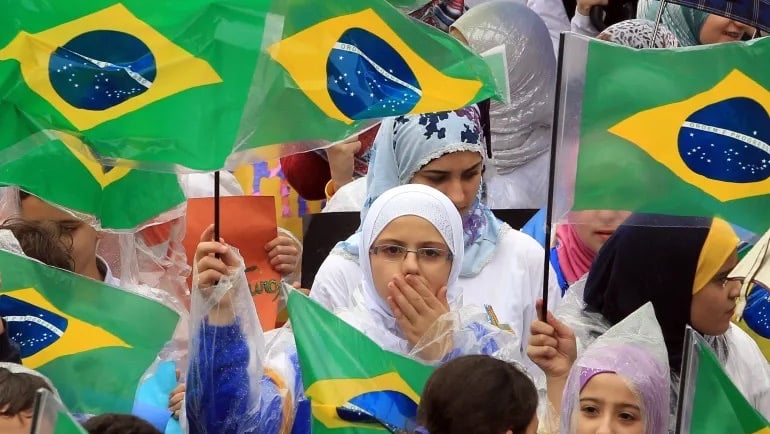Writing about Islam in Latin America
The LACISA Newsletter, Vol. 5, no. 2 (Spring 2025)
5/29/20252 min read
This summer, I have the opportunity to speak on a special panel at the European Academy for Religion Conference in Vienna, Austria. Organized in partnership with the International Association of Religion Journalists (IARJ), the panel will feature scholars and journalists discussing coverage of religion in the media. One of the questions we will wrestle with will be how both -- those in academia and in the media -- might better work together to help various publics better understand religion.
That question came up in conversation with Eduardo Campos Lima during our featured interview for this edition of the LACISA Newsletter (Vol. 5, No. 2). Campos Lima holds a degree in journalism and a doctorate in literature from the University of São Paulo, Brazil. Between 2016 and 2017, he was a Fulbright visiting research student at Columbia University. He has written for major news outlets, such as Reuters and the Brazilian newspaper Folha de S. Paulo.
In our interview, he not only shares insights into some of his reporting on Islam and Muslims in Latin America, but also an appeal to academics to remain media ready and be willing to share their contextual knowledge and expertise when called upon by members of the press. That message is a welcome one in our network, which is made up not only of scholars, but artists and activists, journalists and practitioners.
Also in this edition, we share a special call for papers from the International Journal of Latin American Religions (IJLAR). Working with Ruth Jatziri García Linares, we are inviting original papers, communications, news and reports, as well as book reviews that help scholars rethink the interests of believers, identity and community formation, as well as the consolidation and growth of Muslim communities, with a particular focus on conversion as a sociocultural process. Other topics of interest include gender, corporeality, the institutionalization of Islam, religious infrastructures, education, dawah, philanthropy, and the entanglements and relationship of communities to the global umma, among others.
Third, we are also excited to share new Persian translations of interviews and reviews from our archives, thanks to the efforts of Monir Sadat Madarshahi.
On the subject of translations, if you -- or someone you know -- is interested in helping us with translations (in Spanish, Portuguese, French, Dutch, Arabic, Persian), please reach out and we can work together on translating the archive of publications on the LACISA website.
As with each of our newsletters, this edition is about collaboration; about working together so that more people might be able to learn more about the vibrant and complex narratives of Islam and Muslims in Latin America and the Caribbean. Whether through media relations, a special journal issue, or through translations, the goal is to enrich our understanding and our work together. In that spirit, I look forward to our future, and continued, work together!
Adelante,
Ken Chitwood
LACISA Senior Editor


